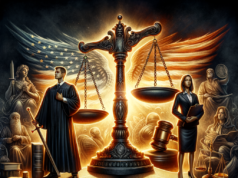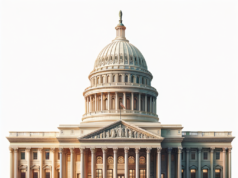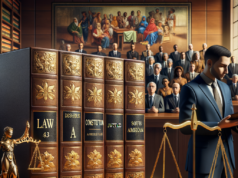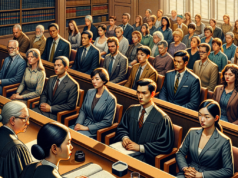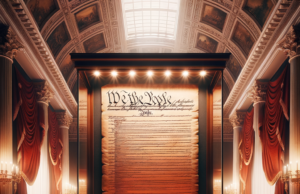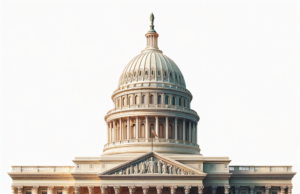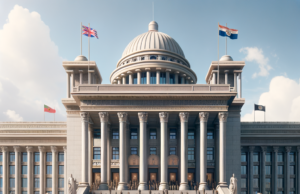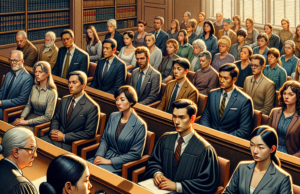Contents
- 1 Overview of the Supreme Court Ruling and Its Immediate Implications
- 2 Historical Context: Legal Precedents Affected by the Recent Decision
- 3 Key Arguments Presented in the Supreme Court’s Deliberations
- 4 Reactions from Legal Experts and Advocacy Groups Following the Ruling
- 5 Potential Long-Term Effects on Future Legislation and Court Cases

The recent ruling by the Supreme Court has sent shockwaves through the legal community and beyond, marking a significant shift in the interpretation of several key legal doctrines. As the nation grapples with the implications of this landmark decision, experts are analyzing its potential to reshape the legal landscape for years to come. This article delves into the immediate implications of the ruling, its historical context, the arguments presented during deliberations, and the reactions from various stakeholders.
Overview of the Supreme Court Ruling and Its Immediate Implications
The Supreme Court’s latest ruling, delivered in a closely watched case, has overturned longstanding legal precedents that governed several areas of law, including civil rights, environmental regulations, and corporate liability. The decision, which was passed by a narrow 5-4 vote, has immediate implications for ongoing litigation and legislative efforts across the country. Legal scholars predict a wave of challenges to existing laws as lower courts interpret this ruling, potentially leading to a patchwork of legal standards that could vary significantly from state to state. Furthermore, the ruling has prompted calls for legislative action to address the gaps created by the Court’s decision, as lawmakers scramble to adapt to this new legal reality.
Historical Context: Legal Precedents Affected by the Recent Decision
The ruling has effectively dismantled several key legal precedents that have shaped American jurisprudence for decades. Notably, the decision impacts the principles established in landmark cases such as Roe v. Wade, which has governed reproductive rights, and Brown v. Board of Education, which addressed racial segregation in schools. The Court’s current composition, influenced by recent appointments, has shifted its ideological balance, leading to a reevaluation of these foundational decisions. This historical context underscores the significance of the ruling, as it not only alters the legal framework but also raises questions about the stability of rights that many Americans have relied upon for generations.
Key Arguments Presented in the Supreme Court’s Deliberations
During the deliberations, the justices engaged in a robust exchange of ideas, with the majority opinion emphasizing a return to “originalist” interpretations of the Constitution. The majority argued that many of the precedents in question were based on judicial activism rather than a strict reading of the text. Conversely, the dissenting justices contended that the ruling disregards the evolving nature of societal values and the necessity of adapting legal interpretations to contemporary realities. They warned that the decision could lead to significant regressions in civil rights and protections, particularly for marginalized communities. The tension between these two philosophical approaches to constitutional interpretation was palpable throughout the proceedings.
Reactions from Legal Experts and Advocacy Groups Following the Ruling
In the aftermath of the ruling, reactions from legal experts and advocacy groups have been swift and varied. Many civil rights organizations have expressed deep concern, characterizing the decision as a setback for social justice and equality. Legal analysts have warned that the ruling could embolden efforts to roll back protections in areas such as voting rights and healthcare access. Conversely, some conservative legal scholars have hailed the decision as a triumph for judicial restraint and a necessary correction of what they view as an overreach by previous courts. This divergence in reactions highlights the polarized nature of contemporary legal discourse and the potential for increased activism on both sides of the ideological spectrum.
Potential Long-Term Effects on Future Legislation and Court Cases
The long-term effects of this ruling are likely to reverberate through both legislative and judicial arenas for years to come. Lawmakers may feel pressured to introduce new legislation to safeguard rights that are now vulnerable due to the Court’s decision. Additionally, the ruling sets a precedent that could influence future court cases, particularly those involving civil liberties and regulatory authority. Legal experts predict that lower courts will face a barrage of cases challenging existing laws and regulations, as litigants seek to exploit the new legal landscape. This could lead to a significant increase in litigation, further complicating an already congested judicial system.
As the nation navigates the implications of this groundbreaking Supreme Court ruling, it is clear that we are entering a new era of legal interpretation and application. The decision not only affects current laws and rights but also sets the stage for future legal battles and legislative efforts. Stakeholders across the political spectrum will need to adapt to this evolving landscape, as the ruling reshapes the contours of American law and society. The coming months and years will be critical in determining how this ruling influences the fabric of legal rights and protections in the United States.



